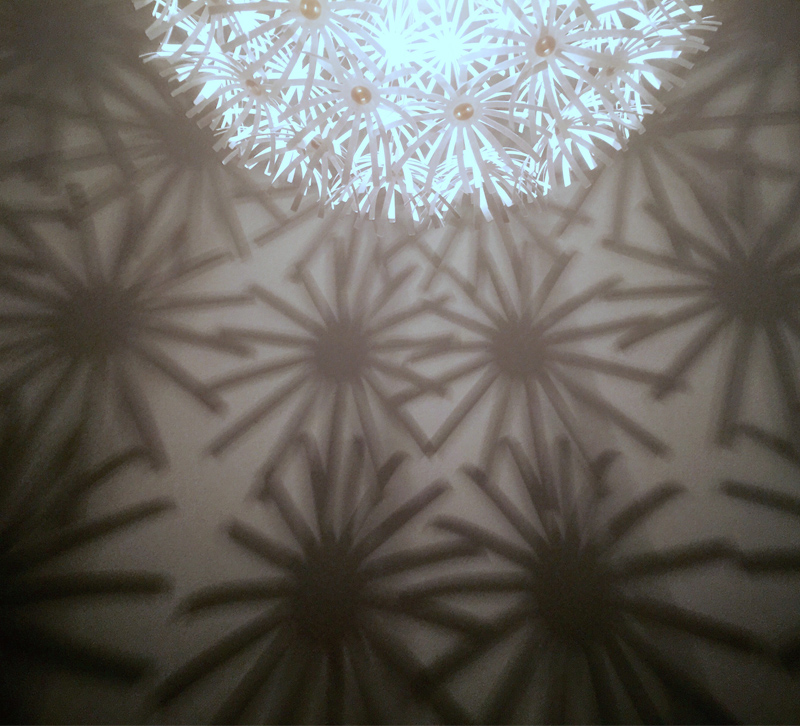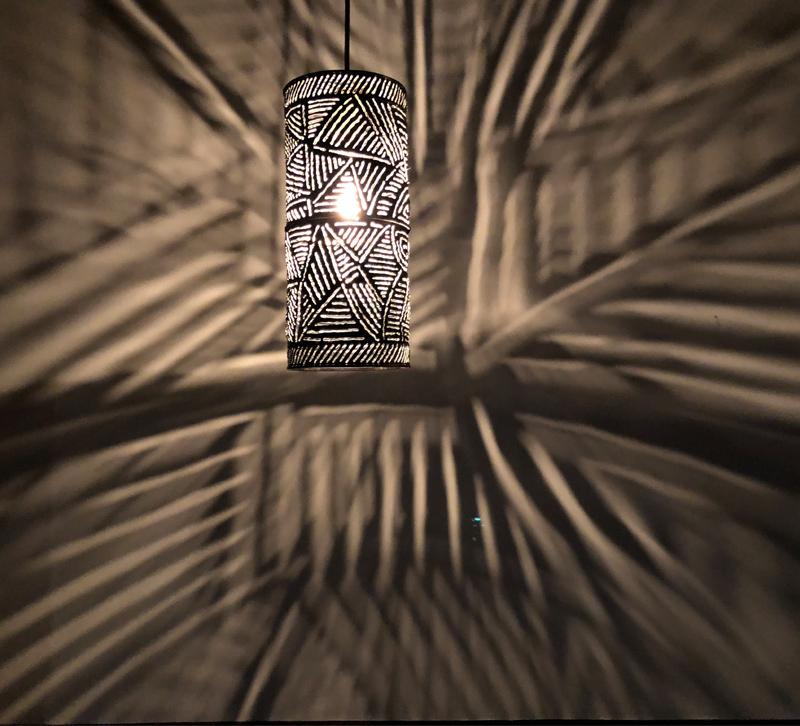When people are designing the lighting for their homes, they're thinking about lighting the art and the table tops or illumination for the bathrooms and in closets, but what they may not be considering are the ceilings. Ceilings are what I call the fifth wall. You have this vast expanse of space that has great potential, and is vastly underutilized.
In the past I’ve always talked about the creation of ambient light to help to humanize a space. This indirect lighting is a great way of softening the harsh shadows cast by directional fixtures. Ambient light draws people into a space, while at the same time helping them to look their very best. Yet, the ceilings can be so much more than just reflective surfaces. They can be a creative canvas onto which you add a whole additional layer of visual interest.
What Type of Ceiling Light Gives the Most Light?
There are many decorative fixtures that can project patterns. The projection and clarity of the pattern is most effective when a clear light bulb (lamp) is used. Clear incandescent light bulbs have been around forever, but now we're seeing clear LED versions as well. There are plenty of filament LEDs on the market now that have the look and feel of vintage bulbs. They can do a very good job of creating crisp patterns of light, while still being energy-efficient and long-lived.

There are also directional fixtures that can project patterns of light. This can be useful when the ceiling might be too low for a decorative pendant or chandelier. A projector-type fixture uses a convex lens to project light through a template (also known as a gobo or cookie), which has a pattern cut into it. There are hundreds of patterns from which to choose, so that this play of light on the ceiling can be ever-changing. Or if you’re lazy like me, I picked one pattern and have stuck with it for years. These fixtures were originally created for theatrical productions, but then smaller versions were produced for residential use.
Throughout history ceilings have been used as a canvas, from the early cave drawings to the Sistine Chapel. This is still being done today, with a modern twist. Now, light can be the paint.




